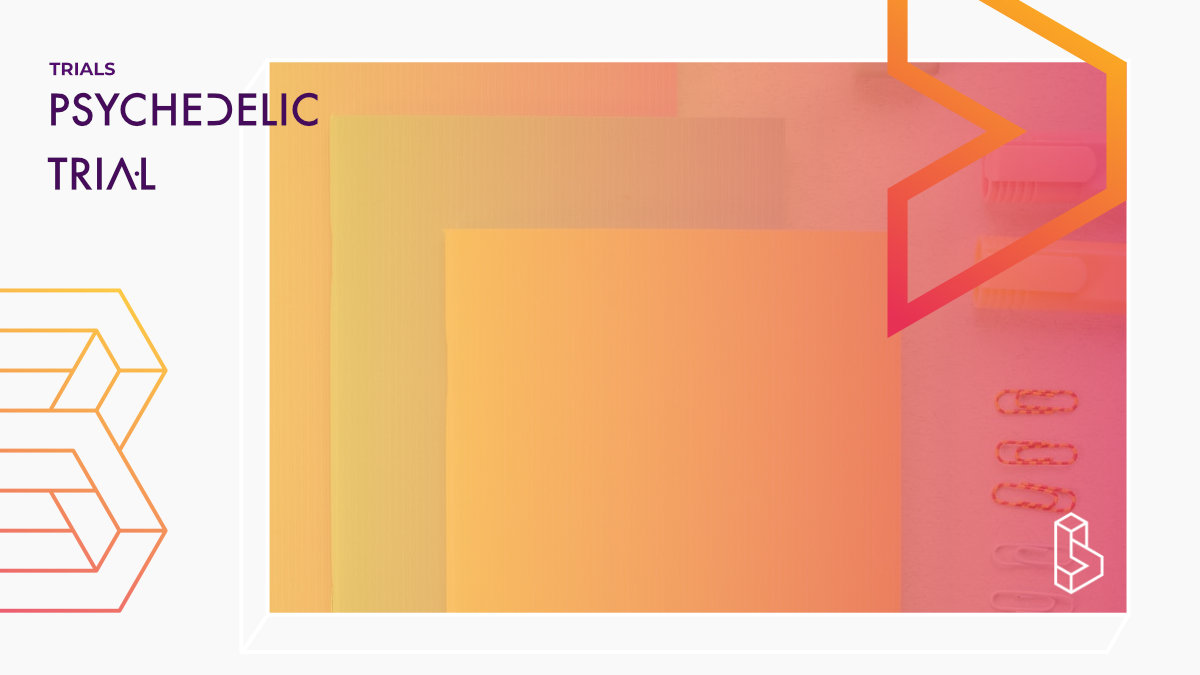The primary objectives of this study are to investigate the potential for ketamine anaesthesia to increase the antidepressant efficacy of Electroconvulsive therapy (ECT) and to decrease acute ECT-induced adverse cognitive effects.
Topic Bipolar Disorder
Depression
Country United States of America
Visit trial
Trial Details
Trial Number
Sponsors & Collaborators
Icahn School of Medicine at Mount SinaiThis company doesn't have a full profile yet, it is linked to a clinical trial.
Measures Used
Hamilton Depression Rating ScaleThe Hamilton Depression Rating Scale (HDRS) is a multiple item questionnaire used to provide an indication of depression, and as a guide to evaluating recovery. The scale consists of 17 items which each item being scoring on a 3 or 5 point scale. The higher the score, the more likely a person is depressed.
Quick Inventory of Depressive Symptomatology
The Quick Inventory of Depressive Symptomatology (Self-Report) (QIDS-SR16) is a self-report tool designed to screen for depression and measure changes in the severity of symptoms.

